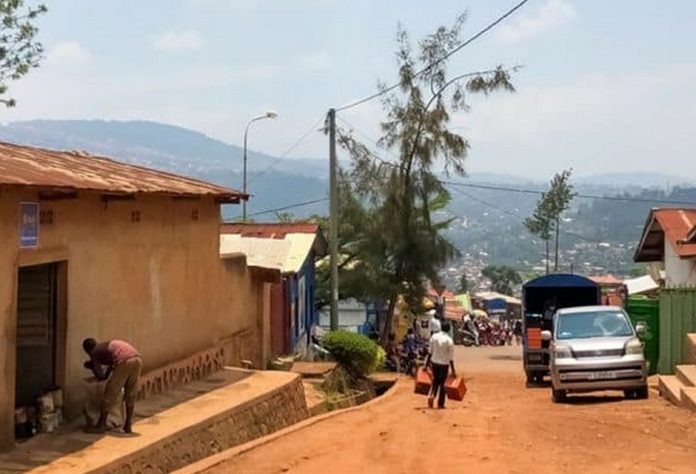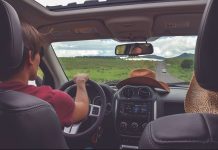Are you looking to exploring Rwanda on your own. Before renting a car in Rwanda for self drive, there are important things to know. Driving in remote areas of Rwanda demands careful preparation. Check average temperatures and rainfall in the area for the time you plan to travel, taking note of nightly minimums too. Getting bogged in sand or mud is usually avoidable with caution and an understanding of how your vehicle handles in various conditions as you are driving in the remote areas of Rwanda. When you get stuck you should have the gear to get yourself out: a winch, approved D-shackles, snatch strap and large diameter pulley block.
Maintenance
In urban areas a vehicle breakdown is an inconvenience, but in the bush it can be a real problem. If you have plenty of water and traffic isn’t too infrequent, you can just wait for another vehicle to come along. Maybe they can help you there and then or not. A flat battery 250 kilometres from the nearest town is serious. Your mobile phone won’t work, assistance is unlikely and your HF radio (which operates off the battery too) is no help. If you have let people know your plans then a search will likely get underway in a few days. Take stock of water and other essential needs and relax. If you have a reasonable supply of water, food, suitable clothing and a tarp for shelter then you’re not in any immediate danger. Get your signalling devices ready and stay calm. Save any strenuous activity for the cool of the night.
Make proper Preparation
Have your vehicle checked by a mechanic prior to your trip to the remote areas. A more conscientious approach to maintenance is needed away from the city, you must constantly check all parts of the vehicle to keep a step ahead of potential problems. Regularly look underneath the car for leaks. Make monitoring before departing of oil, fuel, water, tyres and fan belt a habit. Keep an eye out for loose wheel nuts, cracked hoses, corrosion on battery terminals, worn parts or anything that ‘doesn’t look or sound right’.
Be knowledgeable about your vehicle
Know your vehicle, drive at a safe speed for the conditions while driving to the remote areas of Rwanda. Carry with you essential spare parts and tools and take time to inspect your engine periodically as you travel.
Tyres
In the bush, always mend punctures as soon as they happen. On rough tracks it’s not uncommon to get two or more punctures within a short time, even with new tyres. Having a flat tyre hanging off the vehicle doesn’t help you. Always carry at least two spares, one spare inner tube and a puncture kit that includes an inner-sleeve. Pack a large rubber mallet and a quality tyre lever. To break the bead, a ‘tyre-plier’ or similar tool is very handy. When replacing the rim, a bit of liquid detergent on the tyre bead and rim makes it slippery so it goes back on more easily.
Select tyres suited to the conditions. For example, wide tyres aren’t a good idea on wet roads but work well in sand. Keep records of the air pressure that works best in different conditions. You can buy electric air pumps that are quick and easy to use, but a hand pump should also be packed. Carry a plank base (at least 3 centimetres thick) to put underneath the jack when changing tyres.
Be a safe driver
Most accidents relate directly to speed or not knowing enough about what the vehicle can and can’t do in certain track conditions. Corrugations, wandering cattle, protruding rocks, fallen branches, hopping kangaroos, sudden washouts and other hazards are the rule rather than the exception on bush tracks. The best advice is to slow down. You will enjoy the trip more, put less strain on your vehicle and have a better chance of coming home safely.
While in the remote area of Rwanda, Bulldust is a fine, powdery road dust. You can keep it out of your car to some extent by rolling up windows and turning up the air conditioning (in the end, of course, bull dust always wins). Take care in bulldust areas, a deep pothole full of dust is well disguised and can do real damage if you plough into it too fast. Check your air filter regularly. If it’s getting blocked, remove it and give it a few knocks against a tree to shake the dust out. Then blow through it from the centre toward the outside, rotating it to clean out the entire circle.










